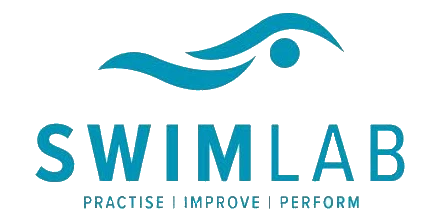What are the key difference's between Total Immersion Swim programs and traditional / conventional forms of delivery?
What is the difference between Total Immersion Swim programs and traditional / conventional form of delivery?
Total Immersion ™ methodology drills and skills correct the stroke faults and habits that keep athletes from swimming smoothly without effort. The in-depth progression moves the swimmer towards a stroke the offers continuing possibilities for improvement. Here are some of the key difference’s in how we understand and approach the teaching and learning of swimming.
| Traditional |
Total Immersion |
| Focus on 2 technique components; kicking and pulling | 3 sequential skills: Balance, Streamline and Propulsion |
| Reinforces survival stroking via amygdala | Creates movement pathways using the cortex – thinking process |
| Improvement is focused on strengthening arms and legs – kickboards, paddles, buoys | Improvement is focused on integrated whole body movement and control (timing and coordination) |
| Tiring workouts, based on HR zones. effort and work | Problem solving practices, based on drag reduction and efficiency |
| Focusses on separating the body into upper and lower segments aka pull / kick paradigm | Develops movement around the spinal axis, separating the body into left/right; coaching swimmers to capture and apply momentum, weight shift and gravity |
| Generally but not exclusively coaches instruct from the poolside | Coaches work in the pool and hands on with the swimmer, live, relevant demo;s and immediate hands on correction. |
| Use’s video analysis tools for feedback and enhanced learning | |
|
Assess quality of attention as much as quality of movement |
Total Immersion Coaching focusses on the following elements, that ensure success for the swimmer
- Cooperate with Gravity– Most swimmers fight gravity trying to stay on top of the water. We teach you to find your natural equilibrium by sinking into weightlessness. Learning to relax into the water breaks the “survival- stroking” cycle, and frees your arms and legs for their best use. Besides, gravity is a powerful natural force; doesn’t it make more sense to use it than fight it?
- Take the Path of Least Resistance– Once you understand that you must swim through the water — and mindful that water is almost 800 times denser than air — it’s logical to focus more on how well you streamline your body, than how hard you pull and kick. We’ll teach you to shape yourself to cut through the water like a torpedo by alternating a right-side-streamline with a left-side-streamline. Each stroke will move you farther and faster with less effort.
- Swim with your Body– Traditional thinking about swimming treats the body as having an “arms department” that pulls you forward and a “legs department” that pushes you forward. In TI ™ learn to swim with your whole body, instead of your arms and legs. We’ll teach you to propel with a simple 2-beat kick, relaxed and rhythmic weight shifts, rather than arm-and-leg churning.
- Breathe Easy – We’ll also teach you about breathing easily as you swim. No more breathlessness, no worries about choking. The air is free, take all you need.
Courtesy of the late Terry Laughlin CEO and Fonder of Total Immersion Inc.
